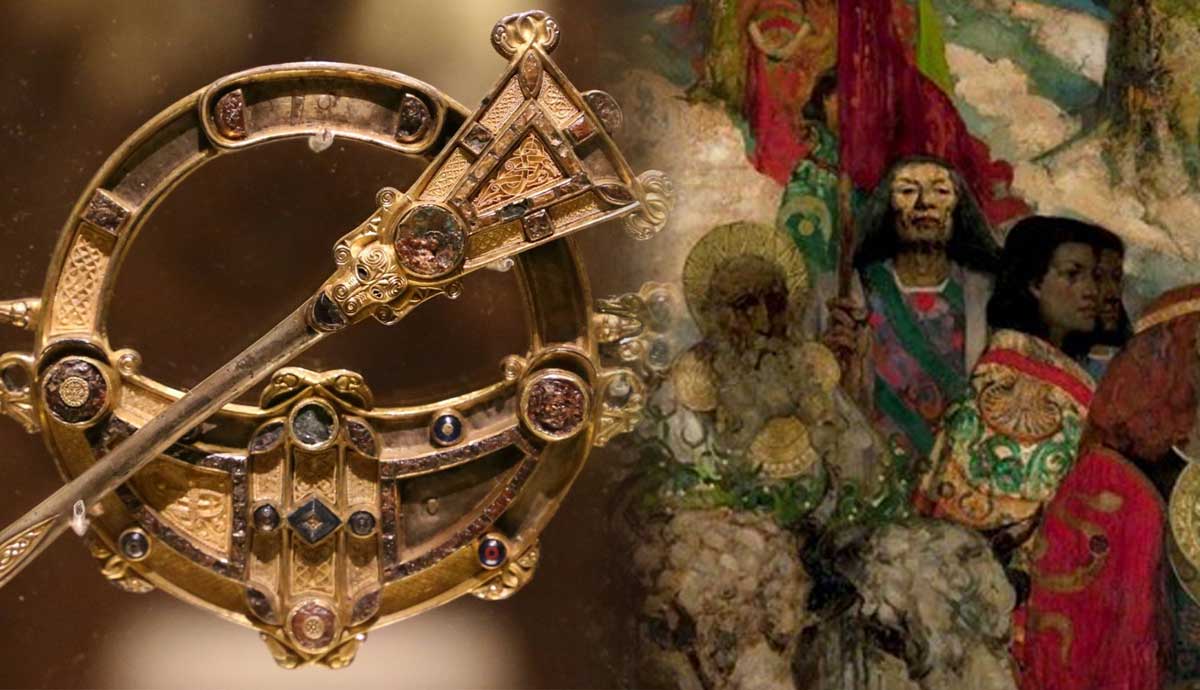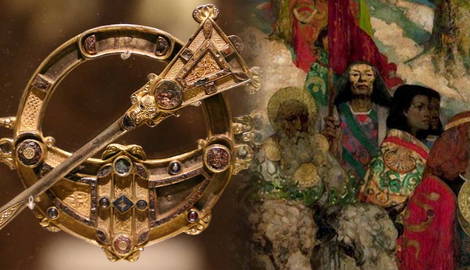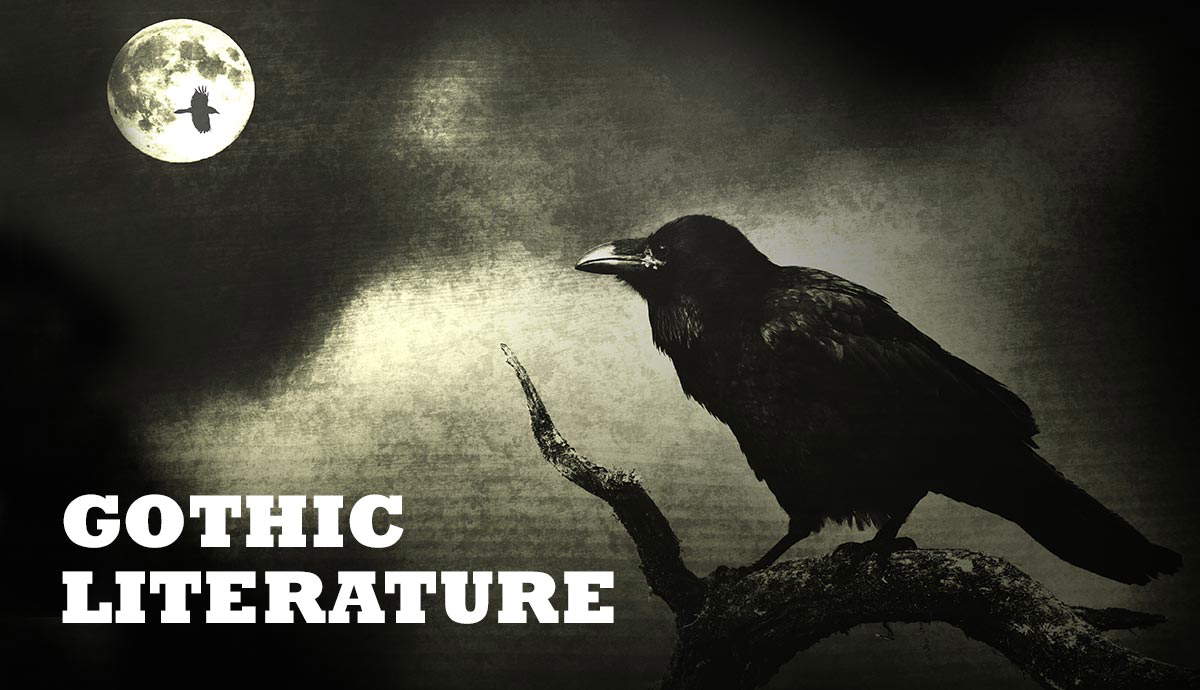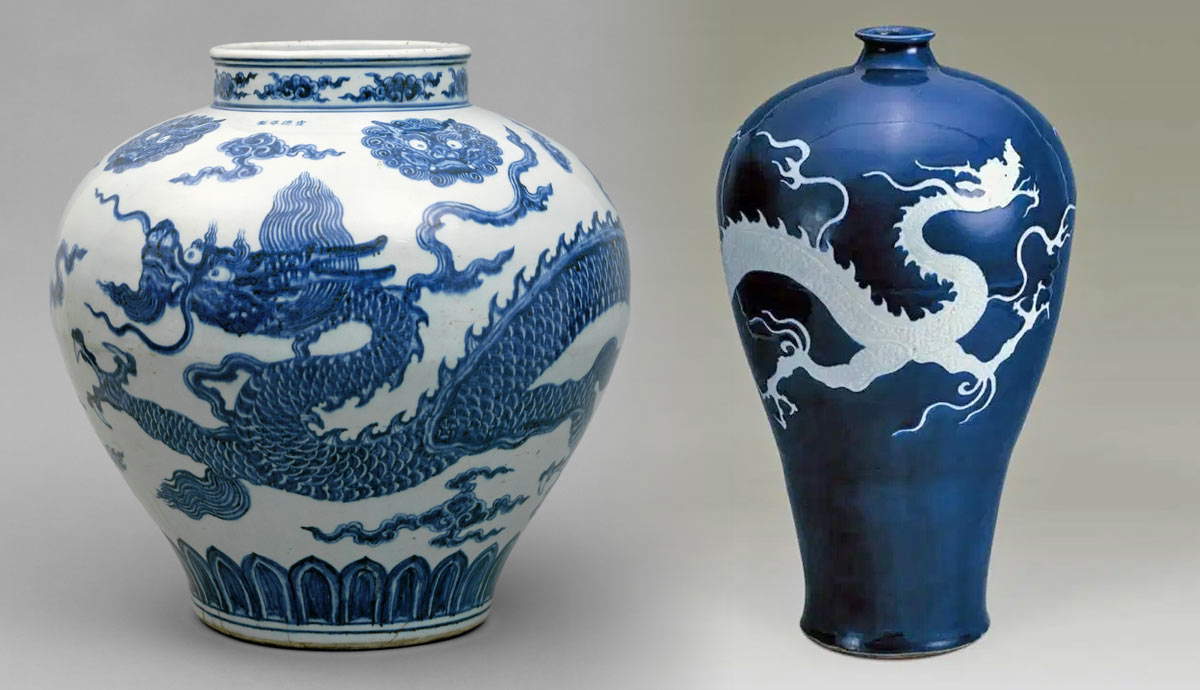
The Celtic Revival, which began in 19th-century Ireland, was a resurgence of popular interest in a variety of Celtic and medieval Irish traditions, including art, language, and mythology. The movement held great significance for Irish art history and archaeology, as well as for the preservation of the Gaelic language. Renewed interest in Ireland’s past during this period was a direct catalyst for the reintroduction of Gaelige (Irish language) in primary and secondary school curricula in the Republic of Ireland. But what exactly happened during the Celtic Revival, and why?
When Was the Celtic Revival?

The Celtic Revival took place during the 19th and 20th centuries. The various movements that made up the Revival took place primarily in Ireland. However, there was also significant interest in the Celtic Revival in England, particularly among the English aristocracy.
The Celtic Revival and interest in Britain and Ireland’s pagan past had precedent as early as the 12th century. This is when Geoffrey of Monmouth, a medieval Welsh cleric famous for his contributions to British historiography and the development of the tales of King Arthur, wrote his History of the Kings of Britain. This text, though largely inaccurate, traced Britain’s “noble and glorious” roots to the pagan Bronze Age.
Scholarly interest in the Celtic past began to pick up in the 16th and 17th centuries with the publishing of George Buchanan’s Rerum Scoticarum Historia and William Camden’s Britannia, as well as the emergence of visual depictions of Britain’s ancient people by John White and Theodor de Bry. An increase in archaeological excavations and inquiry took place in Britain in the 18th century, and this interest spread to Ireland by the early to mid-19th century.
Political Conditions Surrounding the Celtic Revival

While the Celtic Revival had a great influence on art and literature, it was also a politically charged nationalist movement. The 19th century has often been called “the age of nationalism.” Inspired by the French Revolution, many countries, particularly in Europe, underwent nationalist movements that emphasized looking back to the past, the pursuit of and return to the nation’s “roots,” independence, and self-government in accordance with the way ancestors governed themselves.
One reason that the Celtic Revival took root so strongly in Ireland was because of the country’s history of being subjugated under British rule. England first invaded Ireland in 1169, and by the early 18th century, nearly a third of Ireland’s population were either immigrants or their descendants. English colonists brought the English language, fashions, and commercialism to Ireland, whilst simultaneously outlawing Irish language, dress, and agricultural, social, and cultural practices. At the same time, the Irish people were subject to racism and dehumanization in British media during this period.
It should be noted that Ireland did not gain independence from Britain until 1921, when the Anglo-Irish treaty split Ireland into the sovereign Republic of Ireland and Northern Ireland, which is retained by the United Kingdom.
The rediscovery of art and other traces of Ireland’s Celtic and early medieval past, which was considered a “golden age” of their history when Ireland was ruled by its legendary High Kings, was, therefore, very attractive for 19th-century Irish historians, archaeologists, and antiquarians. These discoveries aided in the development of Irish historiography, which emphasized a return to Irish traditions that had been wiped out by British colonization and occupation.
However, the aristocracy and upper class in Victorian England, particularly Queen Victoria, took an interest in the archaeological discoveries coming out of Ireland and popularized wearing reproductions of the art. Why? As discussed above, British historiographers had a long history of assimilating a Celtic past into their own roots, as there were several Celtic tribes that lived in Britain. The Celts, their customs, art styles, and religious practices, were also fundamentally seen as a part of Britain’s history. Therefore, as important as the Celtic Revival movement was for Irish history and culture, the rediscovery and reproduction of these objects were popularized in Britain for very different reasons.
Art During the Celtic Revival

A major aspect of the Celtic Revival movement was art production. Two major trends in artmaking during this period were reproductions, which were objects designed to look like the early medieval artworks rediscovered through archaeological excavations, and art inspired by Celtic history, mythology, and symbolism. Some of the most famous direct reproductions of early medieval art during the Celtic Revival include copies of the 8th-century Tara Brooch and copies of the Ardagh Chalice, believed to have been made during the 8th or 9th century.

The Tara Brooch and its reproductions encapsulate the spirit and nationalist fervor of the Celtic Revival movement. Its discovery acted as a partial catalyst for the movement in Ireland. A woman and her child discovered it on a beach in Bettystown, County Meath, in 1850. They brought it to Dublin jeweler George Waterhouse, who gave it the name “Tara” after the Hill of Tara, the legendary seat of the High Kings of Ireland, tapping into a mythologized aspect of Ireland’s past. He then began to produce reproductions of the brooch, which were sold amongst elite members of Irish and British society. Queen Victoria owned multiple Tara Brooch reproductions, and the wearing of such brooches became a fashion trend in Victorian England.

Artworks inspired by the pagan Celtic past include John Duncan’s The Riders of the Sidhe (1911) and George Henry and Edward Atkinson Hornel’s The Druids: Bringing in the Mistletoe (1890). Paintings like these played into the Revival’s Romantic reconstruction of the ancient past, utilizing a color palette reminiscent of medieval insular manuscripts and recognizable iconography such as serpentine imagery and spiraling triskele symbols from Celtic art. These paintings mythologize the past, depicting it as an ethereal time filled with magic and glory.
Literature During the Celtic Revival

Another important aspect of the Celtic Revival was the literature produced in Ireland. Celtic Revival literature is notable for its references to Gaelic history and folklore. The most notable literary figure from the Celtic Revival and a huge contributor to the movement as a whole was William Butler Yeats. Popularly known as W.B. Yeats, his 1893 work The Celtic Twilight, which gave the Revival its nickname, was a collection of lore and reminiscences from the west of Ireland. Some of his most famous poems include The Second Coming, The Lake Isle of Innisfree, and Easter, 1916. In 1892, Yeats established both the Irish Literary Society in London and the National Literary Society in Dublin.
Some of Yeats’ contemporaries include Douglas Hyde, John Millington Synge, and George William Russell. Yeats, alongside Lady Gregory and Edward Martyn, also made strides in establishing a national theatre for Ireland in 1899 with the founding of the Irish Literary Theatre. In 1903 Yeats, Lady Gregory, Russell, Martyn, and Synge collaborated in founding the Irish National Theatre Society, which coalesced in the establishment of the Abbey Theatre the following year. The Abbey Theatre remains an important cultural institution in Ireland today.
The Great Exhibition of 1851

Coinciding with the nationalist fervor that swept Europe during the 19th century, Prince Albert, along with public record keeper Henry Cole, organized the world’s first international exhibition. The Great Exhibition of Products of Industry of All Nations, often abbreviated as the Great Exhibition or London’s Great Exhibition, was held at Joseph Paxton’s Crystal Palace in Hyde Park in the summer of 1851. The Crystal Palace was an architectural feat and offered 990,000 square feet of exhibition space. The event ran from May to October of that year and saw around six million visitors.
The Great Exhibition was meant to celebrate world industry, showcasing works from all over the world. The exhibits included artwork, ironwork, furniture, firearms, steam hammers, hydraulic presses, and more. However, the Great Exhibition ended up placing far more of an emphasis on British manufacturing, as more than 100,000 of the exhibits were from Britain or the British Empire.
With the onset of archaeological discoveries and the incorporation of Celtic Revival styles in fashion and jewelry, furniture, and more at the time, the Revival movement was represented at the Crystal Palace. The Tara Brooch and several Waterhouse reproductions were exhibited there, alongside other key objects. The Great Exhibition prompted a slew of World’s Fairs throughout the 19th and 20th centuries, and Celtic Revival objects were similarly represented at the Great Exhibition in Dublin in 1853. With her interest in brooch reproductions already established, Queen Victoria was presented with a copy of the 9th-century Cavan Brooch, the “Queen’s Brooch,” at the Dublin Exhibition.
These exhibitions were highly impactful for the artists and antiquarians who attended them. The influence of the exhibition of Celtic and early medieval antiquities soon became evident, particularly in Irish sculpture.
Cultural Impact of the Celtic Revival

While the Celtic Revival thrived during the 19th and 20th centuries, its impact had a long tail, reverberating into modern-day popular perceptions of the Celtic and medieval periods. Modern interest in using Celtic imagery to speak to Irish ancestral ties through tattooing is one such example.
The movement certainly had its most significant impact in Ireland, where the reintroduction of the Irish language into school curricula revitalized the language’s use after it had been forced out under British rule. According to the 2022 census in Ireland, approximately 40% of the population over the age of three say that they can speak Irish. The Celtic Revival as it took place in Ireland, in short, led to a reclamation of an Irish past that had been partially lost after centuries of conquest and colonization.

The Revival’s impact was also felt in Britain, as it led to the integration of ancient Celtic history into more popularly accepted versions of Britain’s past, as well as the introduction and valorization of Celtic figures like Boudica as national heroes. There, the movement added to a complex project of British historiographic work that had roots as far back as the medieval period. The Celtic Revival, therefore, had a strong hand in Irish and British nationalism and shaped modern Irish and British perceptions of their historical roots.










